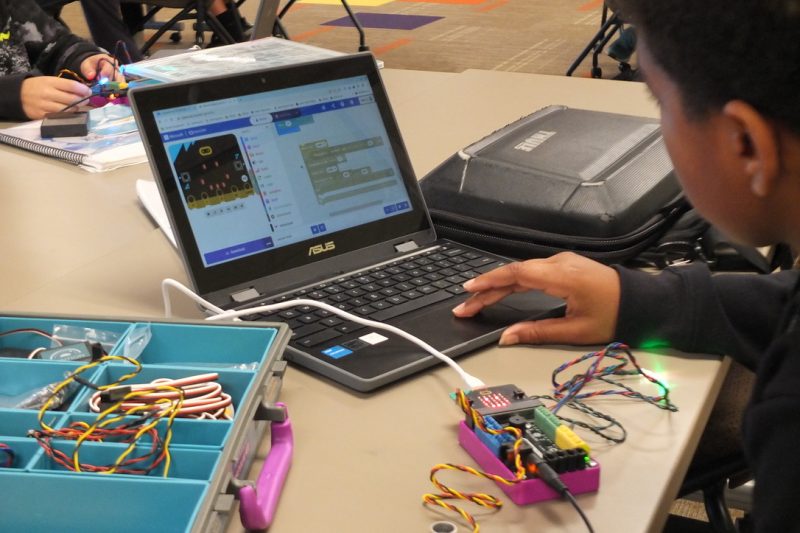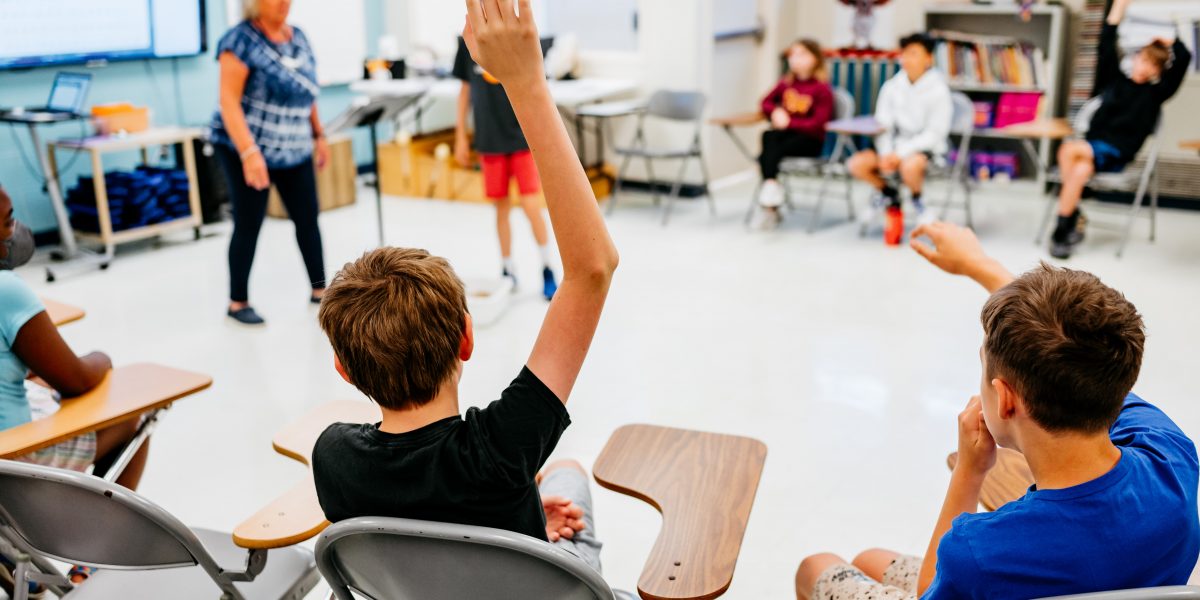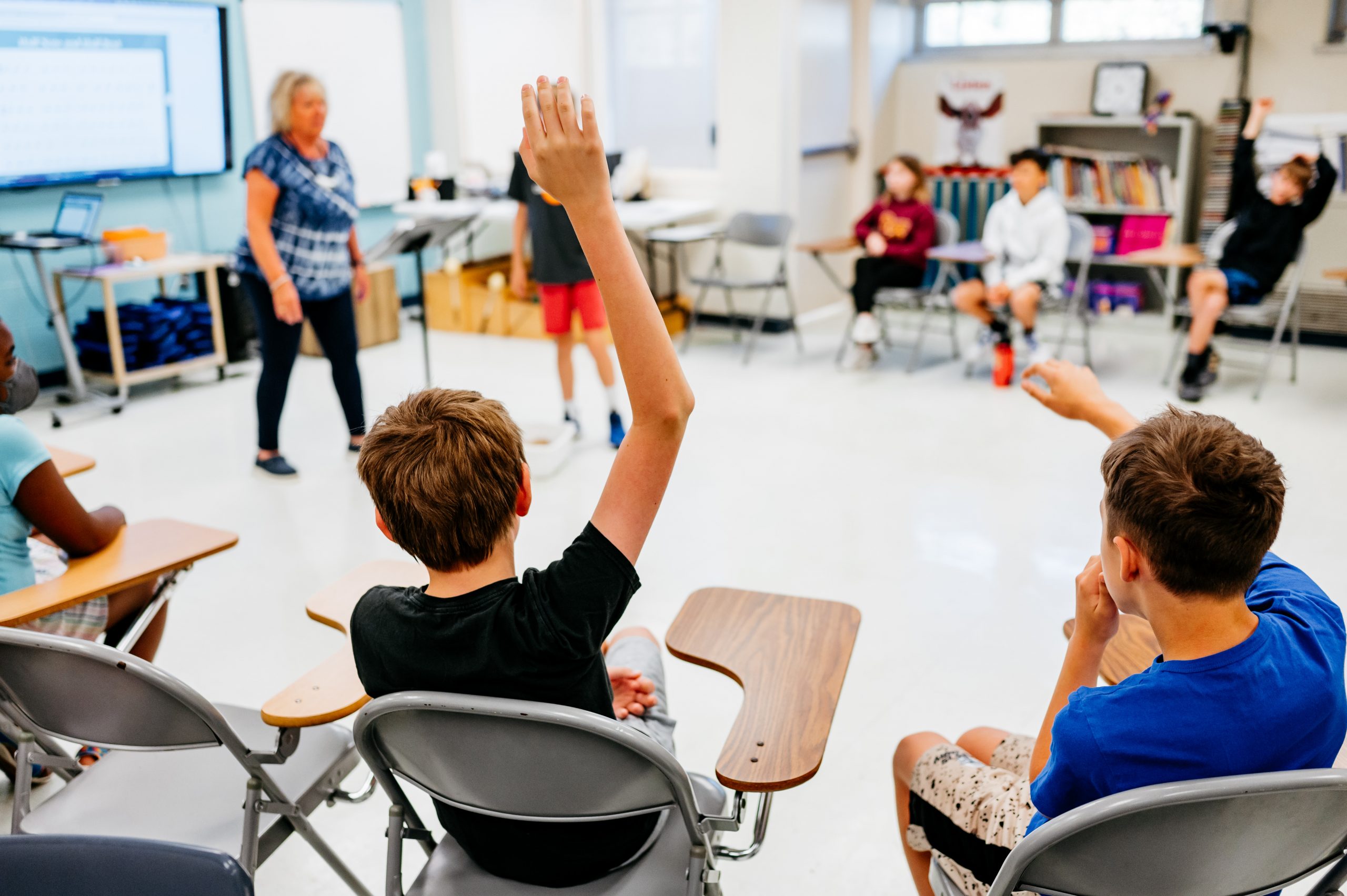
Students Excel in STEAM
December 12, 2023
Tips for Supporting Good Self-Esteem
December 28, 2023
Keeping students engaged is fundamental to teaching. Decades of research and experience makes it clear that engagement includes a reaction emotionally, cognitively, and behaviorally during the learning process.
At Springer, we utilize the I Do, We Do and You Do model to ensure all students master what they need to learn, reduce anxiety and develop self-efficacy. This combined with a multi-sensory approach establishes a way for students to truly engage during classroom instruction.
Each part of the I do, We do, You do model contains specific process and procedures. During the I do teachers model lessons that activate prior understanding, use multiple types of representations, teach using direct instruction (carefully planned instruction eliminating misinterpretations). The teacher scaffolds concepts (demonstrates the ideas), organizes information, and stimulates thinking with compare and contrast methods. I do sets up the path for We do.
The We do step triggers student thinking by helping them encode (spell, or hear sounds and translate those to written letters) and retrieve pertinent information. In turn, this creates independence for students. This step looks distinctly different as students use a variety of multisensory learning techniques including visual cues (looking at objects, pictures or words), auditory learning (listening), kinesthetic (hands-on, touching, moving, physically doing) approach, and tactile strategies (drawing, building, or putting something together by trial and error.) While using these approaches, students can use strategies to reference concepts, recall information, and begin the problem-solving process. Additionally, students can use “math talks” with the teacher and their peers for questioning, explaining, and ownership of responsibility. Questioning, asking about vocabulary, and discussing the uncertainty of steps, along with explaining their rationale, create a learning environment that supports the three components of engagement (emotional, cognitive and behavioral). What does the product of the We do look like? It is often seen in the use of dry-erase boards, guided notes, student created strategies, concept maps, structured checklists, and quick writes to explain their process.
Lastly, students are ready for the You do stage of learning. This is the extremely important part that facilitates independent learning and is the result of the I do and We do process. During the I do students can exhibit their understanding of the material. Evidence of learning can be seen in activities such as concept maps (where, how, when, and why), small group work, short answers to why and how questions, written math practice, and positive self-talk.
Taking advantage of the “I do, We do, You do” model will have an impact on engagement in the classroom. The stages are specific enough that it helps students think critically and become independent learners.

Guest Blogger Diane Houghton is the Dean of Academics for Springer Lower School and Middle School.



